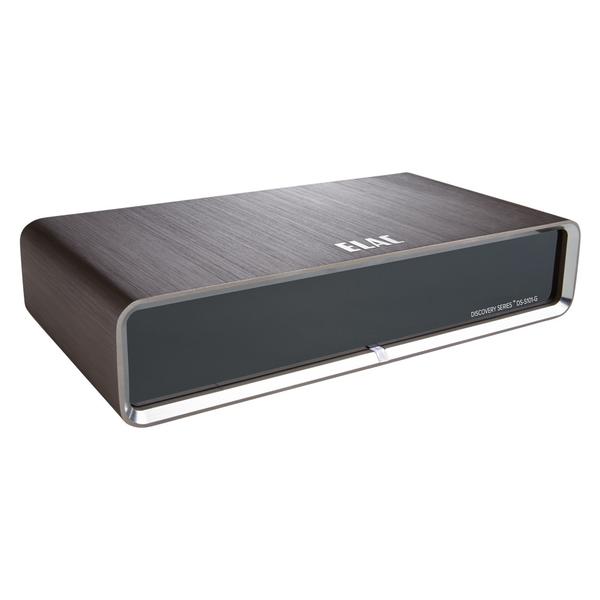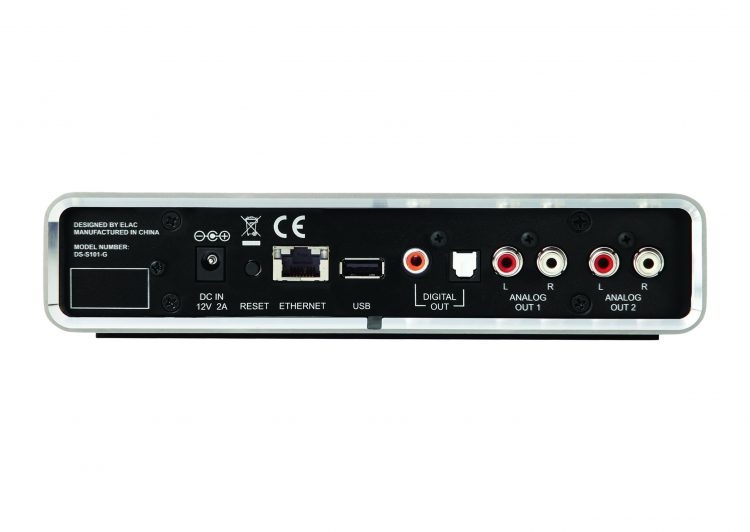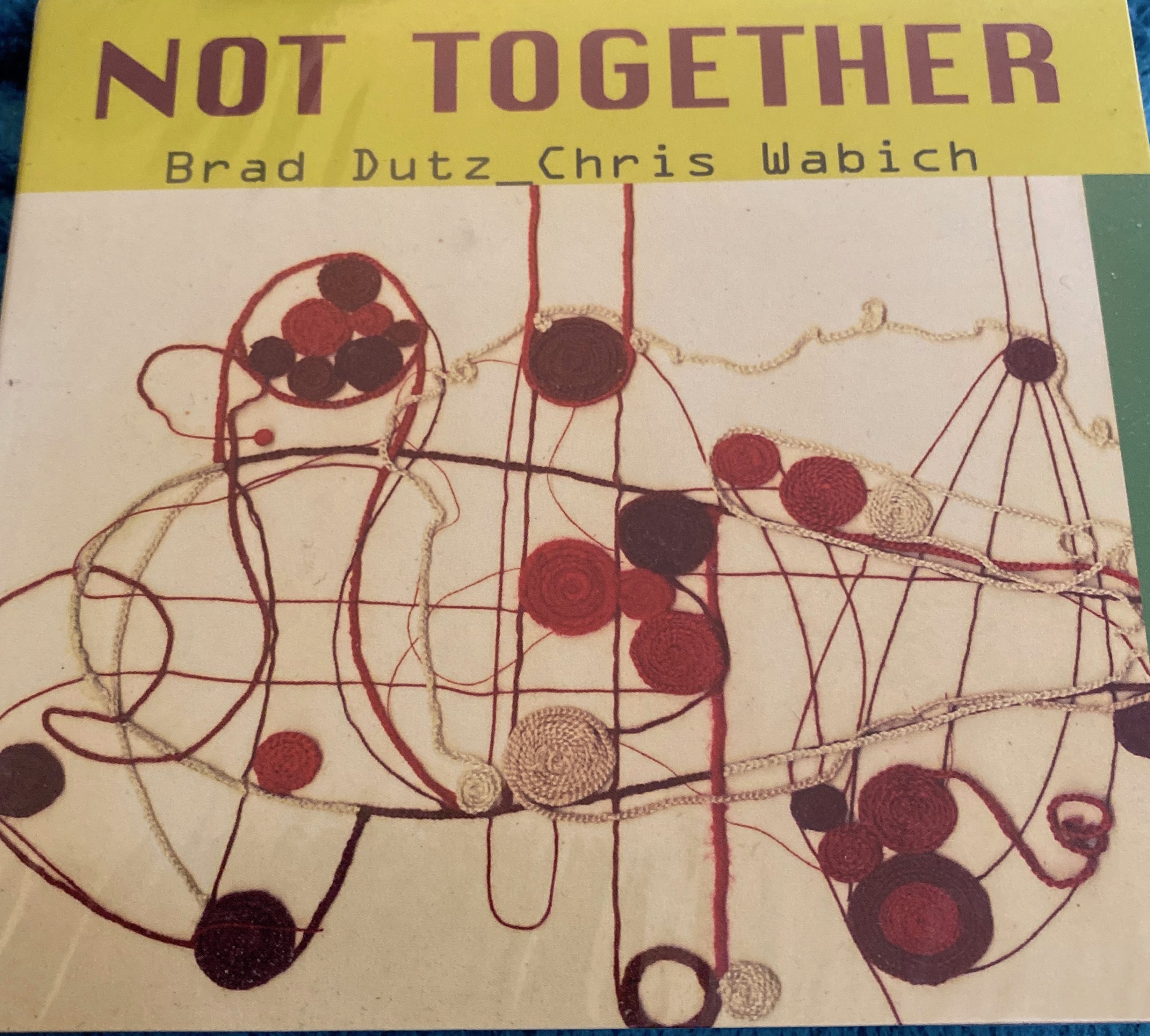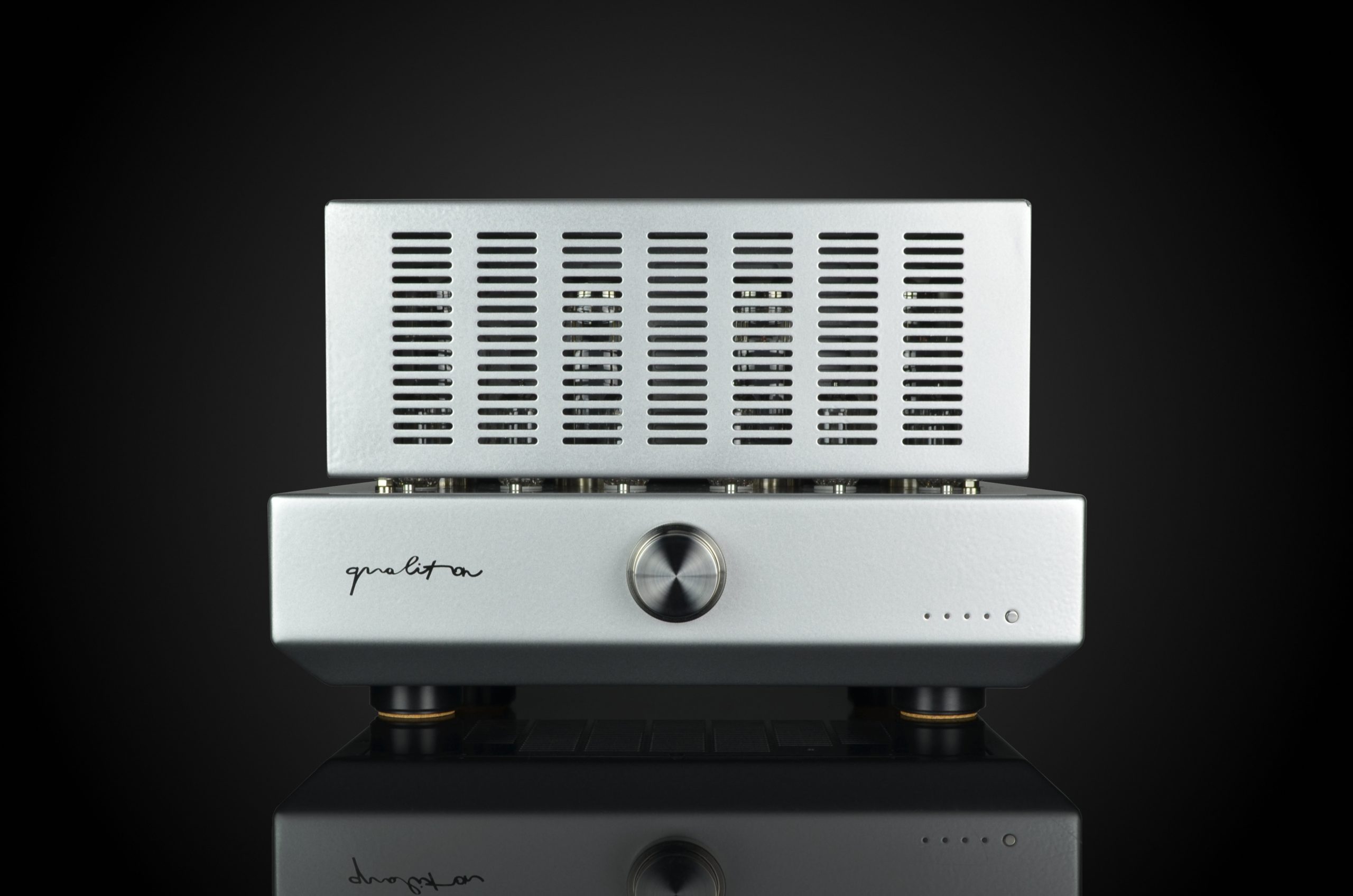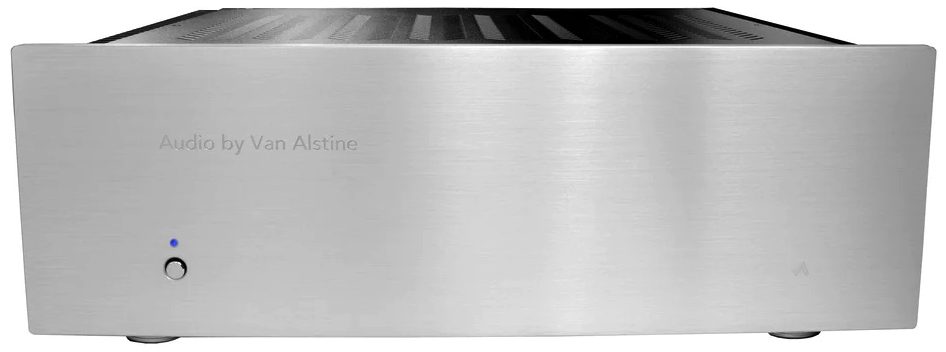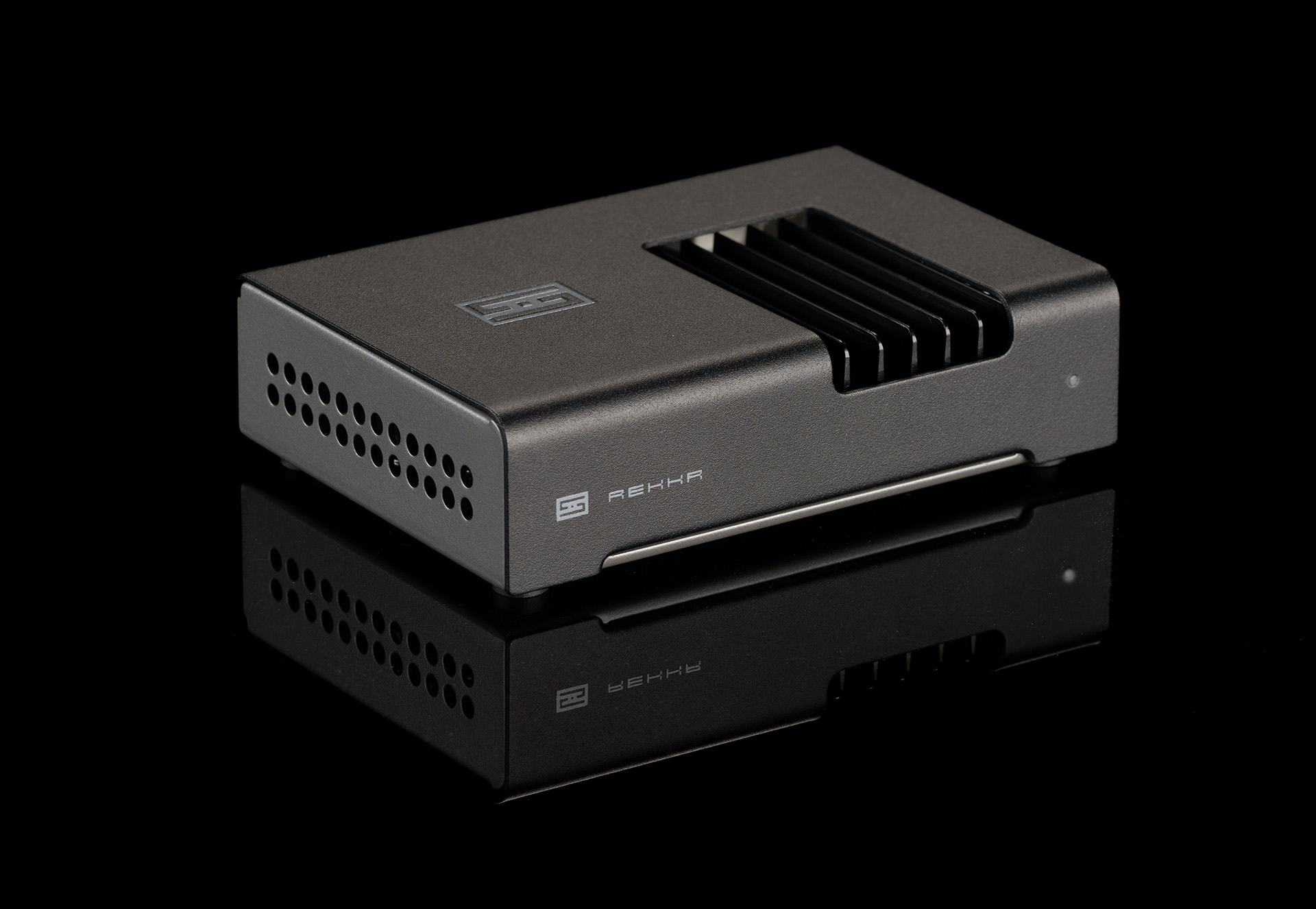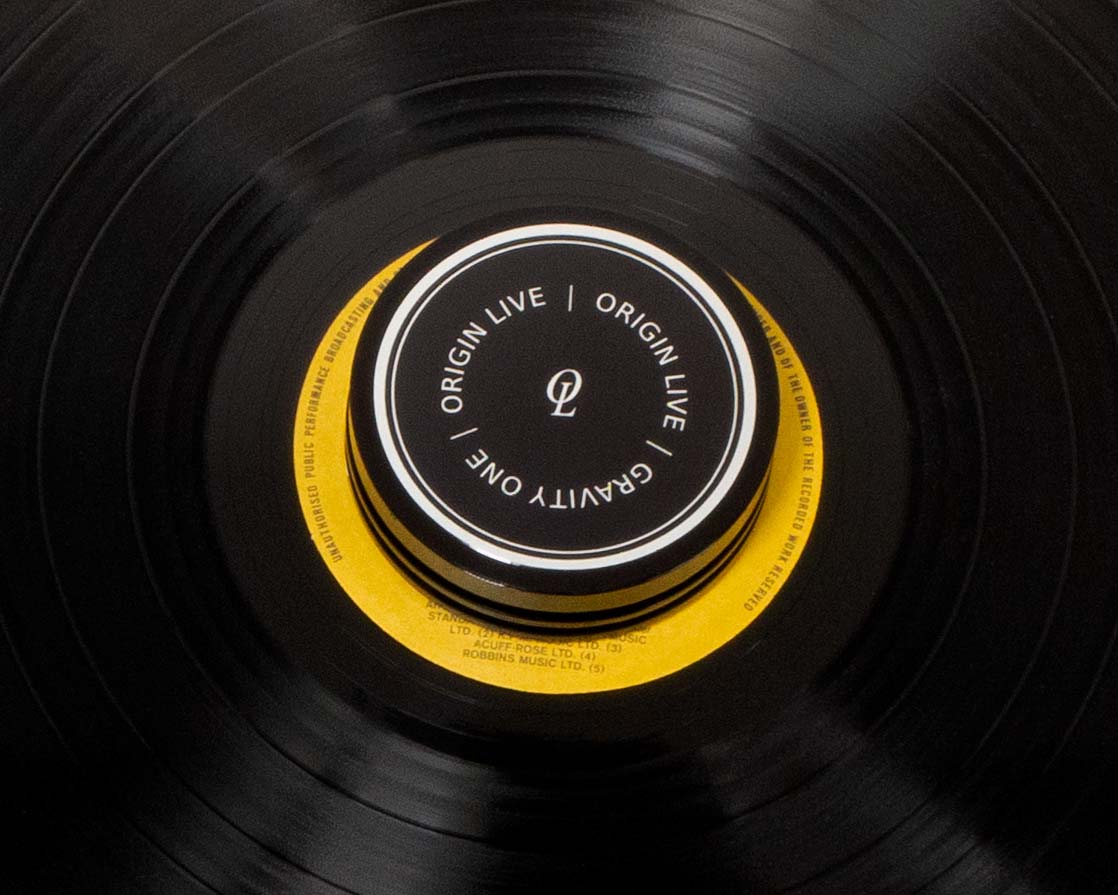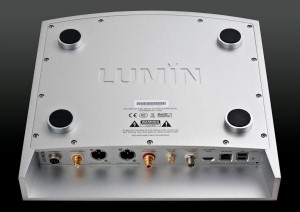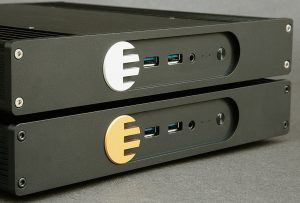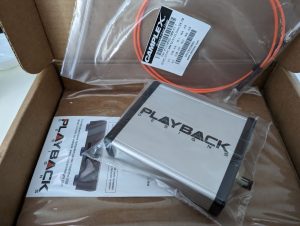Computer audio is a little bit like Sauron's "Ring." It promises audiophiles control over their digital files, easier access to information about the music they are listening to and even dominion over the information from the overlord of information called the interwebs all from your throne, er listening seat. What's not to like? That's the lure.
The price is paid to the sibling of said overlord of information, the master of frustration who usurps control of your computer through its evil agents, the blue screen of death, the spinning beach ball from hell or the more nefarious disregard of your keyboard and mouse. Instead of being poised to rule your music from your listening seat, you are shackled in the dungeons of Dol Guldur with only the sound of your own frustration running up and down your spine. Yes, your finger may hold The Ring, but The Ring is giving you the finger of indifference and disregard!
I know this world all too well. I have fooled myself into thinking I have some computer skills. Twelve years ago, before it was easy, I was able to stream Linux by WiFi. Sure, it took two weekends of brute force effort, patience and mastery in cussing, rather than elegant informed and a surgical application of the needed understanding to make it work. But work it did! However, I don't do that stuff any more, well mostly anymore, especially after my last effort.
Without taking you into the Mines of Moria and my battle with the Balrog of computers, let me say I encountered some struggle and was in fact rescued by copious amounts of handholding to get my current, complicated and convoluted computer audio system up and running. Yes, my system is a little more complicated than necessary, so it (and your experience) could be easier. On my Fidelizer'd Windows 10 machine I upsample PCM to DSD using HQPlayer, sending the transcoded signal by Ethernet through my router to a headless endpoint NUC ("Next Unit of Computing") running an iteration of Linux on a 16GB USB stick with 8GB of RAM - note no hard drive. Larry's Audio Bane, rather than the Bane of Isuldir, was sussing out a strict adherence to a specific power up sequence: power up DAC, NUC and then HQPlayer. Unwinding that sequence allowed the process to become logical instead of magical. Frankly, I don't want to fight those battles any more, even the ones I win.
You, too, may not want to go on any such adventures and just want your digital files to work. You could stick with a CD player and run with that. I did until recently. But, you'd miss out on streaming audio from the internet (I still don't do it, yet) or have instant access to all of your music with the touch of a finger without having your full collection (CDs) cluttering your listening room. This latter feature is welcomed in our house both by me and my wife, though she's hates having to power up my computer, type in the password, setup HQPlayer and figure out what she wants to hear—her dedication to audiophilia... has its limits. She wants to browse tactilely, glance at her choices without having to wield a mouse or tap on a keyboard. And, she's deeply annoyed by trying to figure out how to cue up a song in HQPlayer. I get it and I'm sympathetic.
This brings me to Elac's Discovery Music Server, a Swiss Army Knife of musical utility. If getting computer audio working in my system required evading Nazgul, the Balrog in the Mines of Moria and Shelob in Minas Morgul to deliver sound, I might say that Elac's Discovery Music Server is like Gandalf and Frodo hopping on the back of an Eagle and slam dunking "The Ring" in Mount Doom as Sauron dissipates into whiney nothingness. That's a paragraph instead of a trilogy, so maybe that's anathema to audiophiles, I don't know. But simplicity is very attractive.
The Discovery is part preamplifier, music server and DAC. Load Roon (called a Roon Kernel) on a computer, connect the Discovery to your network, a hard drive and your amplifier and either a smart phone or a tablet and your adventure is over. Adjustable gain lets you treat the Discovery, once connected to an amplifier, as a preamplifier for either a hard drive directly connected by USB cable or to your files (or online streaming services like TIDAL) through an Ethernet cable—WiFi won't get you out of Dol Guldur. There are, of course, other products that have many of the features the Discovery has, up to this point.
However, at $1099.98 you also get a lifetime subscription to Roon. Yes, it's a pared down version of the full iteration of Roon ($500), called Roon Essentials, but it may have as much information available as a recovering OCD audiophile needs. I found "Essentials" provided nearly all of the information I needed. Essentials recognized most, but not all of my tracks, that is say 98% of my music collection. I'm a bit more easy going about this sort of thing than others, so the size of your smile may vary from mine. Keep in mind here that the lifetime subscription to a full iteration of Roon, with even more information will cost you $500 with nothing else attached.
The Discovery is almost as simple as a toaster, and operated as flawlessly. The Discovery will play most of the music you probably have. (WAV, FLAC, AAC, AIFF, ALAC, OGG, and MP3) It'll play those files up to 24/192 sampling rates. DSD and higher sampling rates are out. It'll send music to two rooms via analog outputs. You'll probably be disappointed that you'll be limited to about 30,000 tracks, which is upgraded from 15,000 tracks, which seems absolutely parsimonious (kidding!)—I have ripped most of my digital library and I still have plenty space still available. Check my math on this, but, if you have 30,000 three minute songs (how many are actually that short?) you have approximately 1500 hours of listening time or 187.5 eight hour days of music to listen to. If you don't leave your house and don't repeat a song or album, I could see that as a limit, but I do and so... I feel no limit. On my side of this equation it seems wanting more is just... silly greediness. Really, who can listen to much of their 10,000 (80,000 tracks?) CD collections? But, hey, that's me. If you need more than 30,000 tracks... maybe you need another product. Oh, and in counting those 30,000 songs, your Tidal subscription will count against that total. I see the limitation and just wonder....
Cutting to the quick here, my "reference system" costs a lot more than the Discovery. It's more complicated and has fewer convenience features. I need to sit at my keyboard in another room to select, change or delete tracks, as well as to read information about the music I'm listening to. Sure, it sounds better, which makes me feel good given it cost two and a half times more. But depending on how busy my day has been I may be too harried to notice the difference in sound quality. My life, right now, might be different than some. Sitting down for a "listening session" is rare these days, if I have a listening session.
The Discovery has been in my system for a few months alongside my reference DAC. I'd guess I used the Discovery about 70% of the time simply because it was so easy to use and the gap wasn't that glaring—we live in good times for audio. Firing up my LampizatOr involves a lot of rigmarole, as does changing music. The Discovery, on the other hand, was immediately available whenever I had my smart phone on or available and if I found a particular track, album or artist wasn't tickling my fancy, then I threw that music to the Orcs and took myself back to Rivendell. Access to my tracks was nearly instantaneous with my older smart phone probably being the limit. Whereas getting my digital setup to work was arduous, the Discovery plugged and played. Moreover, I had no glitches directly related to the Discovery—network problems unrelated to the Discovery? Forgetting to turn on WiFi on my phone? Problems, sure, but none because of the Discovery.
How Does It Sound
While I preferred the performance of my reference DAC, the Discovery wasn't a listening experience to "tolerate." The performance was engaging. Overall the performance was on the slightly generous and forgiving side of sonic signatures. This was not the sonic niceness that puts you to sleep or makes your music boring. If you're hunting for incisive attacks and endless decays maybe you should try somehting else. My initial impression was of a well filled timbre and an even tonal balance without bass to the center of the earth or highs adjacent to satellites. It fit into my system quite well on my first day, a distracted one, I'll admit. My initial listening time was more taken by the Discovery's ability to scroll through an entire hard drive of music, jumping from one artist to another, from one of that artist's albums to another or from one track to another, just with a flip of my finger (on my phone). I experienced nary a glitch and again, found the Discovery responded about as fast as my mind. As a user interface, consider the Discovery and Roon a smashing success.
Over time, with nearly everything in my listening queue, I found timbre to be reproduced well enough with bog standard cables. Upgrading cables in my resolving system reaped rewards. Upgrading cables to Kubala-Sosna's Anticipation or Silver Audio Silver Bullet 4.0 interconnects, more resolution was available. Timbre and tone were slightly more palpable; while Frank Sinatra's "You Make Me Feel So Young" from Songs For Swingin' Lovers was richer and a less generic vocal. This is the level of performance that starts to pique the interests of non-audiophiles. Satellite-treble and Earth-core bass weren't present, but were more than fine. Timbre through an ancient pair of Audioquest Emeralds became richer, almost gooey, if you will, with a slight loss in detail at both extremes.
Upping the ante further to Kubala Sosna's Expression cables—which retail for twice the price of the Discovery—and now timbre and tone closed the gap to my twice as expensive DAC. This was getting much closer to my reference and suggests to non-audiophiles what makes people audiophiles. It's a measure of accomplishment, to me at least, that performance with the Discovery so ably distinguished cables. Yes, my more expensive DAC delivered a more realistic timbre, and delivered a high level of detail, gently, sweetly and incisively, as well as deeper bass and higher highs, if you will. But at no point was I suffering with the Discovery in my system.
Concluding Thoughts
My wife and I used to darken our listening room and have "stereo concerts" with only a glass of mine on the menu. That was really enjoyable, but that's not our life right now. With a 12 year old in the house and my wife finishing her master's degree, concerts are barely a thought and only occasionally a memory. Were concert night available, I'd select my reference but could truly enjoy myself with the Discovery. While I have enjoyed thwarting the Sauron's of audiophilia, I enjoy more ease in getting to my music. There are new and promising ways to get to your music without being tricked into a bad deal. I found Elac's Discovery to be an easy fit into my system and a welcome complement to my own DAC. It's an easy access point for computer audio in my home.
If you're OCD and NEED your system to deliver the last ounce of detail, and are willing to suffer for your art, you'll be happier looking elsewhere. And, maybe if you're an audiophile, suffering is necessary, like a badge of honor or tracking mileage on your journey. I don't know. In some ways this is a convenience product, much as small speakers more conveniently fit into a room. Unlike small speakers, the Discovery needs no performance apologies. There may be better sounding products at the price, but I don't know of a product that combines convenience, rock solid reliability and good sound anywhere near this price. Fun, simple and easy, if that sounds good to you, you could have that with Elac's Discovery, maybe that would be your discovery.
ELAC Discovery Music Server
Retail: $1099.98
ELAC US
714.252.8843




